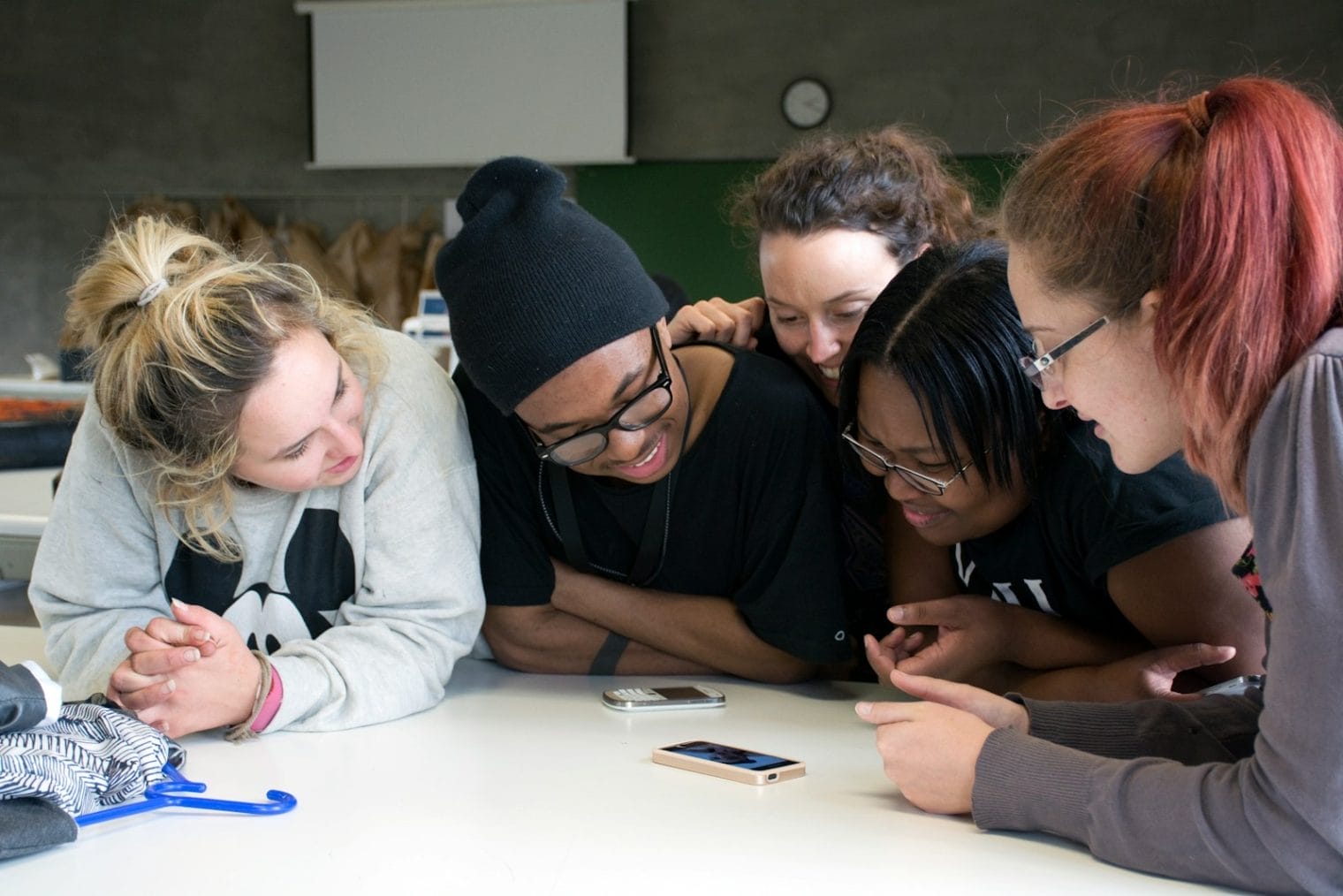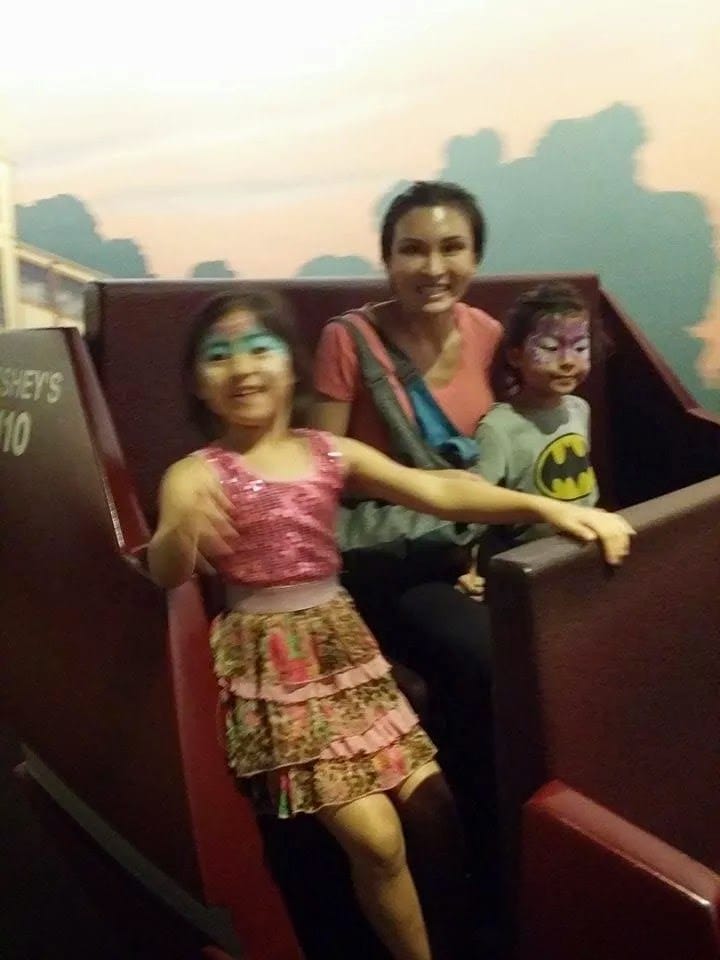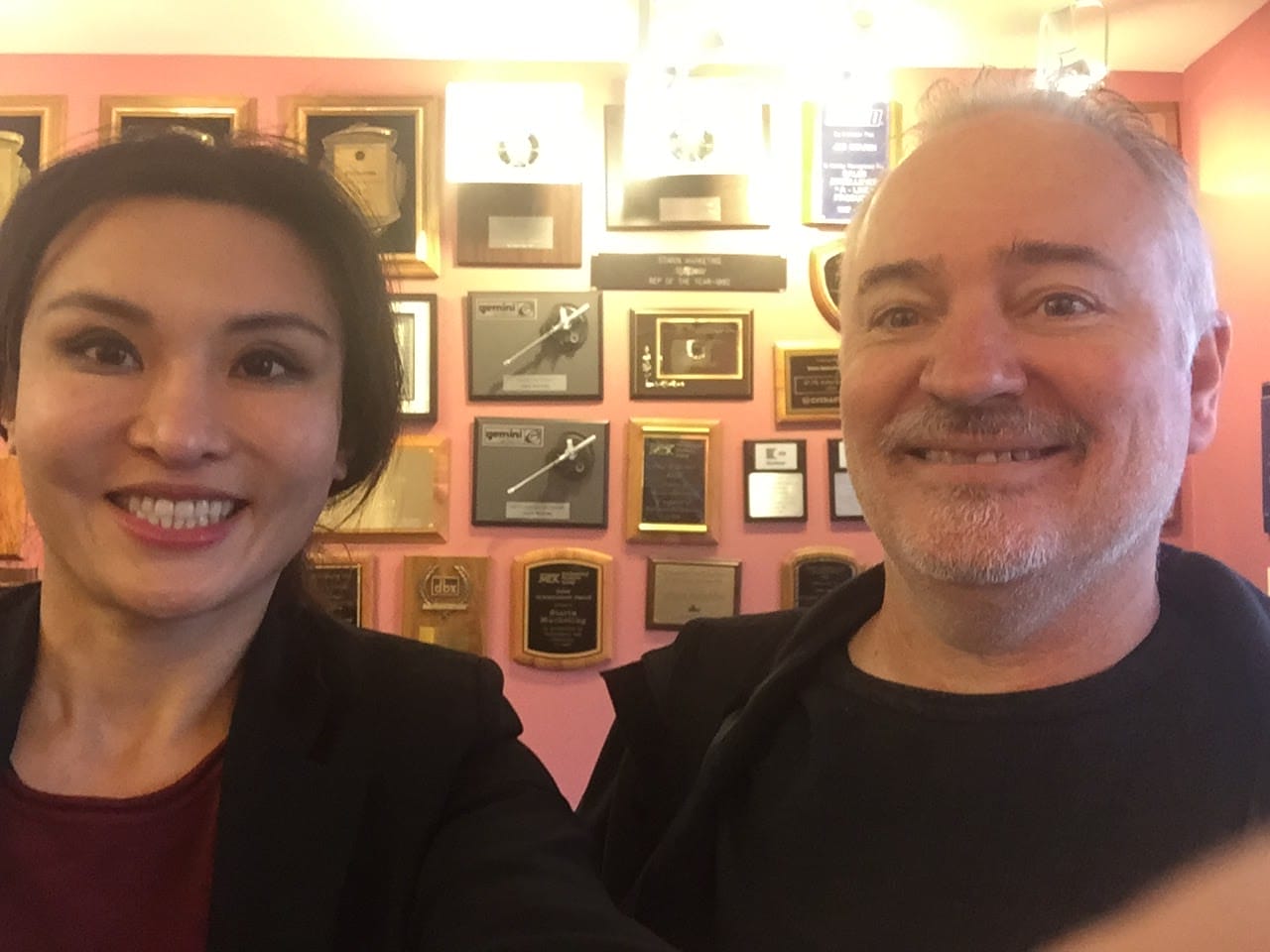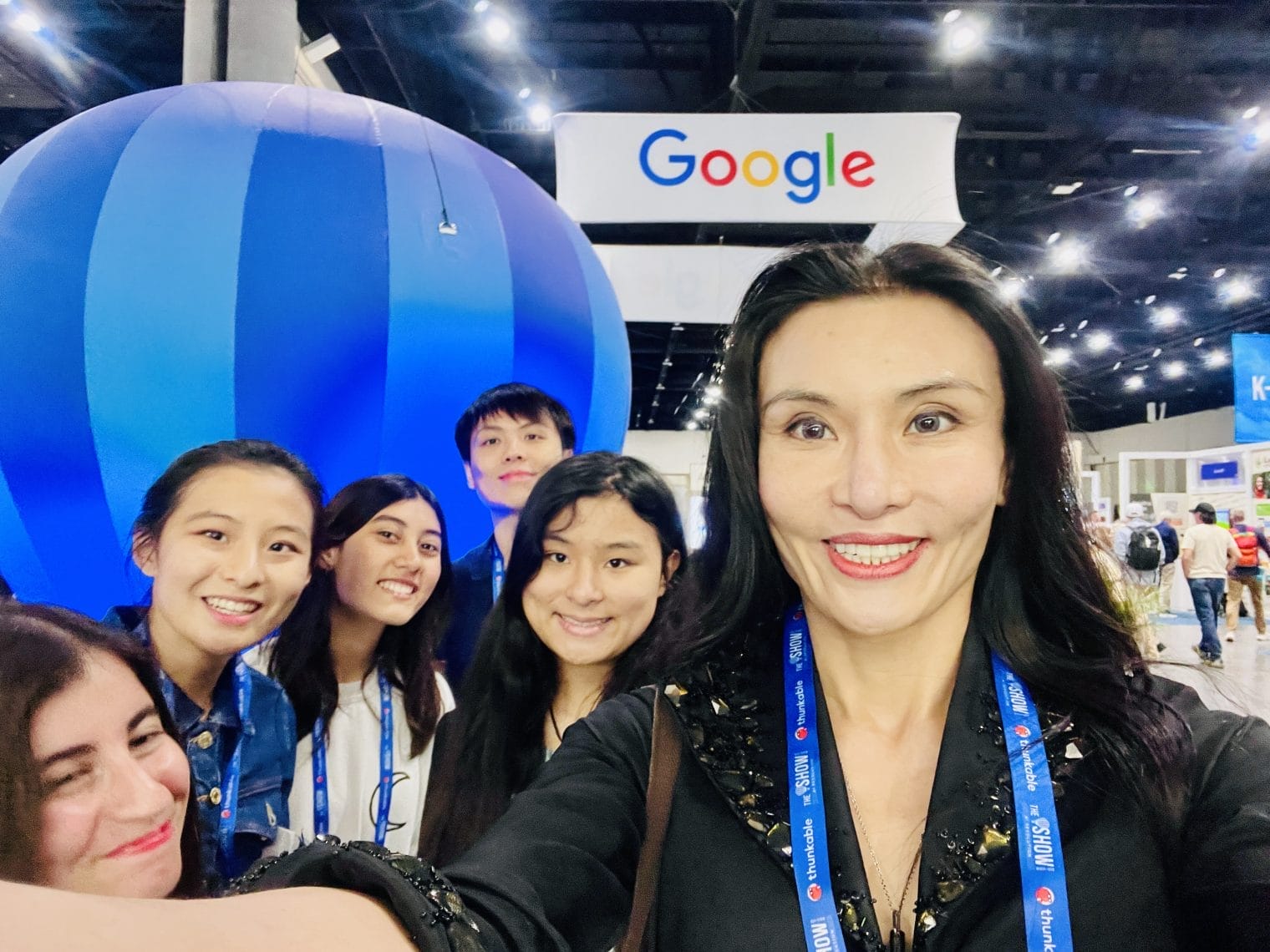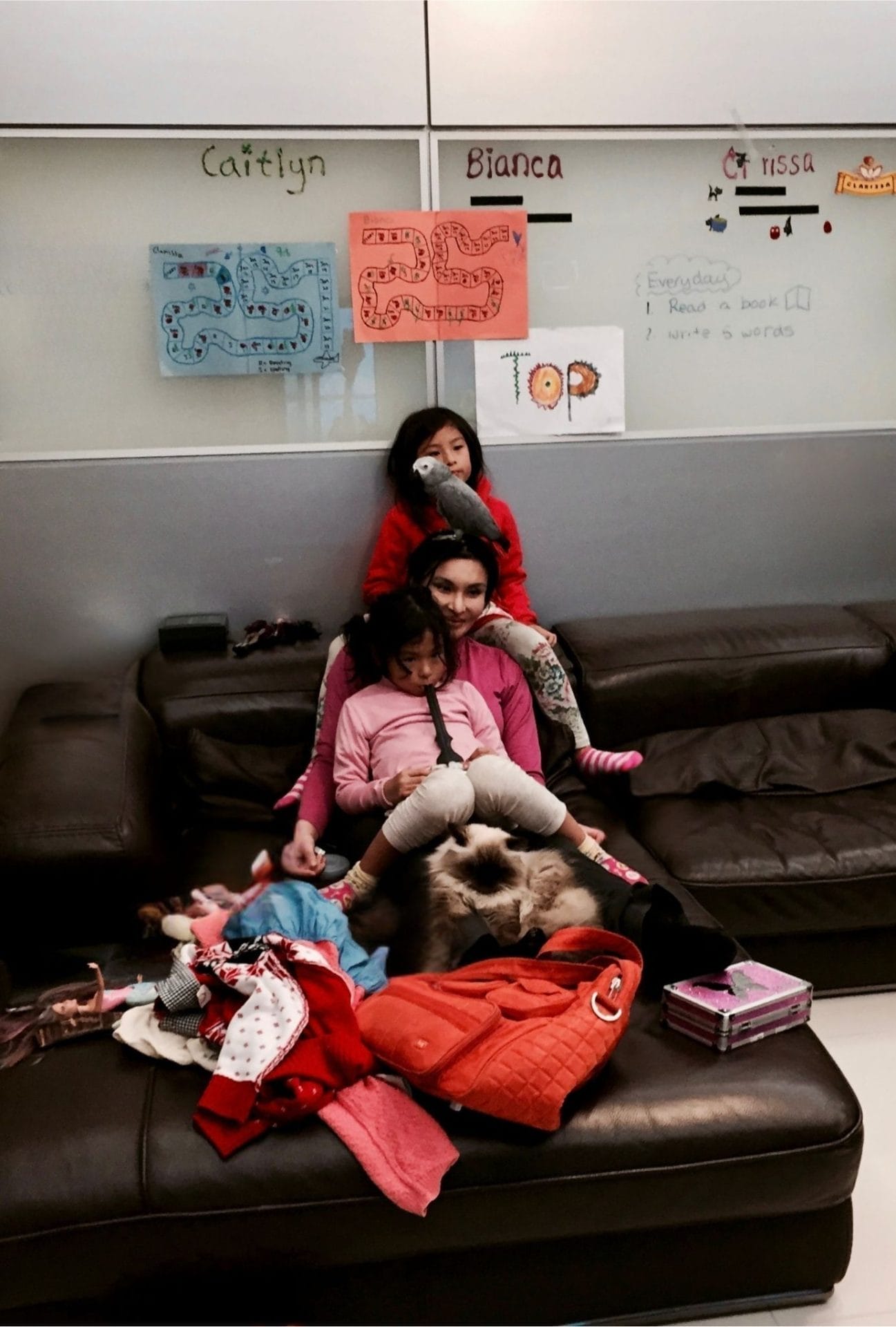Featured Columnists
-

Beyond Eyeballs: Pay for Outcomes, Not Addiction
After several high-stakes responsible-tech applications and helping my daughters through college applications, I finally took a Monday off. Sauna. Cold plunge. Steam. Massage. Except…everywhere the blue light from screens stole the stillness. Signs on the changing room doors banned phones; guests had signed waivers agreeing to it; steam rooms could damage devices. None of it
Read more about Beyond Eyeballs: Pay for Outcomes, Not Addiction
-

Look At Me When I’m Talking to You”: Why Phone Bans Fail and What to Do Instead
I get why some people roll their eyes at yet another adult talking about phones. So let’s start with music, not school. Artists from Adele to Bob Dylan have tried “no-phone” shows, and Sabrina Carpenter recently said she’s seriously considering it after experiencing the difference at a Silk Sonic concert. “It might piss off my
-

Safe to Break, Ready to Ship
I hired a newbie handyman to replace five faucet fixtures. He and I both assumed he knew what he was doing. Nothing leaked before. That night, every sink he touched started dripping. Three callbacks and extra parts later, the total bill far exceeded what a licensed plumber’s—plus the time and trust you can’t get back.
-

If I’m Not a 4.0, Who Am I?
“Kids are so occupied with not disappointing anyone that they don’t have the luxury to find out who they really are.”— Caitlyn Wang, founder of the nonprofit curaJOY Asian tweens and teens—whether in the U.S. or abroad—are exposing themselves to mental health risk factors with lifelong consequences, often hidden behind perfect GPAs and polished college
-

Anxiety 101
Anxiety can be really debilitating. It’s all in your head, but you know what your head controls? Literally everything else. Want to know more about
-

All In or Half Out? The Mindset That Shapes Your Life
What’s going right in your life, right now? It’s a question we asked at curaJOY’s full team meeting this week. The answers came with some hesitations. It was just an icebreaker, but I suspect that my audience was unsure whether the answer needed to be a indirect boast/pitch–as if scanning for something good enough they
Read more about All In or Half Out? The Mindset That Shapes Your Life
-

The Missing Middle
This July, during the launch of curaJOY’s Impact Fellowship, I had a sobering realization. These were some of the brightest high school and college students we had ever worked with—motivated, passionate, and full of ideas. Yet, many had never written a research paper. Few had been asked to conduct original investigations or engage in meaningful
-

Check In. Learn to See. Live Better.
To kick off the summer, I took my daughters to explore sprawling underground caves and dive into cenotes on Mexico’s Yucatán Peninsula. The wildlife and natural beauty were surreal—hypnotic limestone caverns connected by clear underground rivers that Batman would envy—the eerie stillness of magnificence formed from meteorites when dinosaurs still walked the earth. But even
-

Product Design Philosophy
I’m sharing my core product design philosophy that I’ve learned and formed over the decades of working with Harman, Fender, Gibson, Acer, Foxconn, Steinberg, Dolby and other brands on creating lasting and profitable products.
-

When Speed Hurts: Why We Built Our Behavioral Health Solution the Hard Way
Our booth at the AI Show @ GSV + ASU was tiny—just 3×3. We were flanked by past winners of the Tools Competition, NewSchools Venture Fund, and Fast Forward Accelerator—programs we’re now going through ourselves. It was inspiring to be among them—but I’ll admit, I had a moment of doubt. Had I waited too long?
Read more about When Speed Hurts: Why We Built Our Behavioral Health Solution the Hard Way
-

Monumental (but not in the way you think)
This week is monumental for me. Not because of some achievement or award (don’t worry, no humblebrags here 😉), but because—for the first time in 16.5 years—I have five consecutive days to myself. No caregiving. No rushing from one in-person meeting to the next. Just… me. It’s the first time since before my children were







